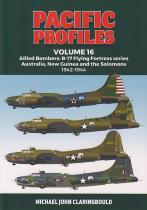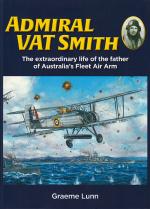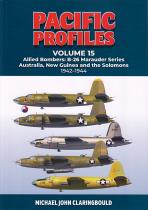This volume is the first in a planned Pacific Adversaries series which will convey detailed stories of aerial warfare in the South Pacific. The stories will be chosen because both the Japanese and Allied records can be matched for an accurate accounting. Often the actual outcomes are very different to the exaggerated claims made by both sides upon which many traditional histories have relied to date. Further, for each of the chosen stories photographic or other evidence enables an accurate depiction of the aircraft involved.
Hence through these chosen snapshots Pacific Adversaries will portray the South Pacific conflict as accurately as possible. This first volume focuses exclusively on confrontations involving the Japanese Army Air Forces in New Guinea and the Solomons.
The JAAF operated completely separately from their Imperial Navy counterparts, using dissimilar doctrine, command structures and aircraft. The Japanese Fourth Air Army was an integral part of the South Pacific conflict, yet so little about their exploits appears in the English language, largely as so few survived to get home.
JAAF units first arrived in the South Pacific in December 1942 and effectively ceased operations in mainland New Guinea in April 1944. Theirs is a rich and colorful history about which many falsehoods and myths persist. Perhaps the biggest is that their Allied counterparts thought they were mainly fighting "Zeros", a falsehood still published and accepted to this day.
In New Guinea the Allies ratcheted up a grueling, coordinated and unrelenting campaign, destroying most JAAF air power on the ground, not the air. Their assault against Wewak's key bases involved an interwoven and complex strategy which eventually overpowered the Japanese.
Never before have detailed accounts matched up adversaries so closely and in doing so shine light on key events in Pacific skies so many years ago.









